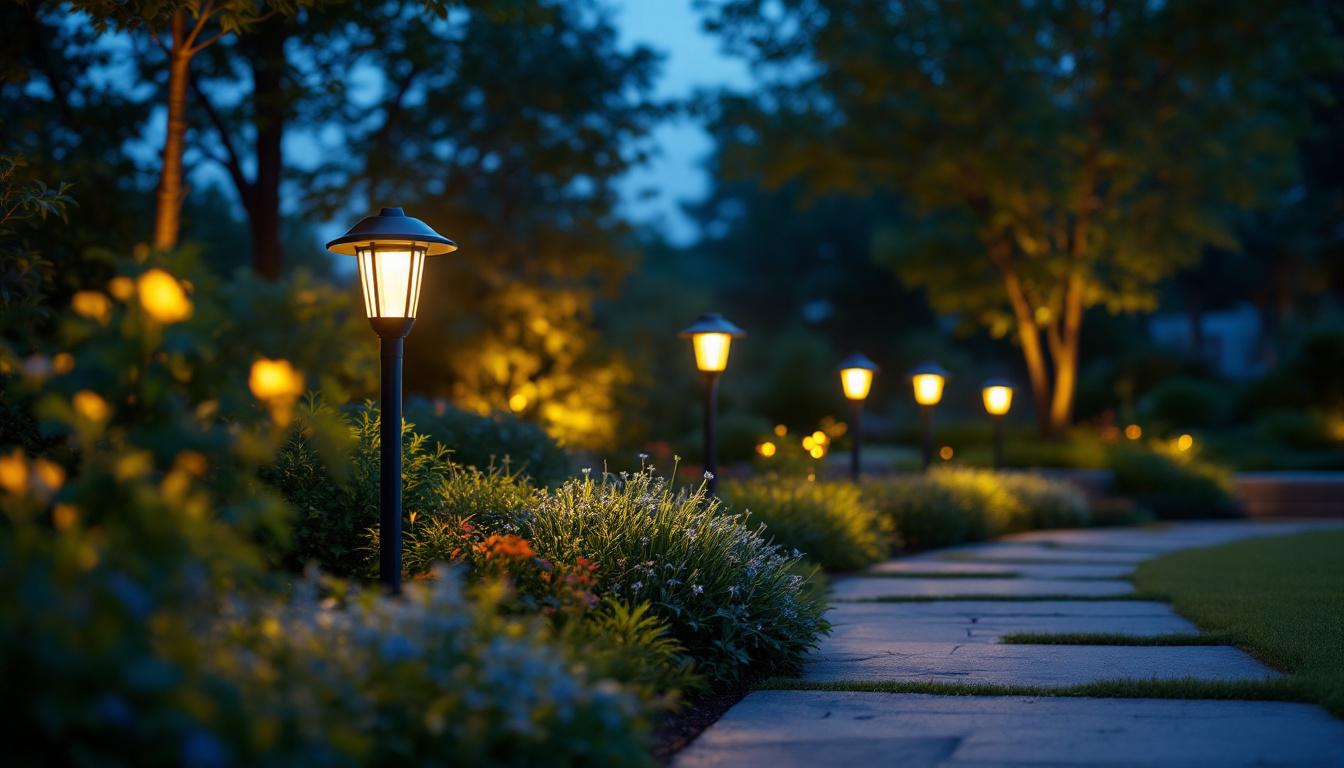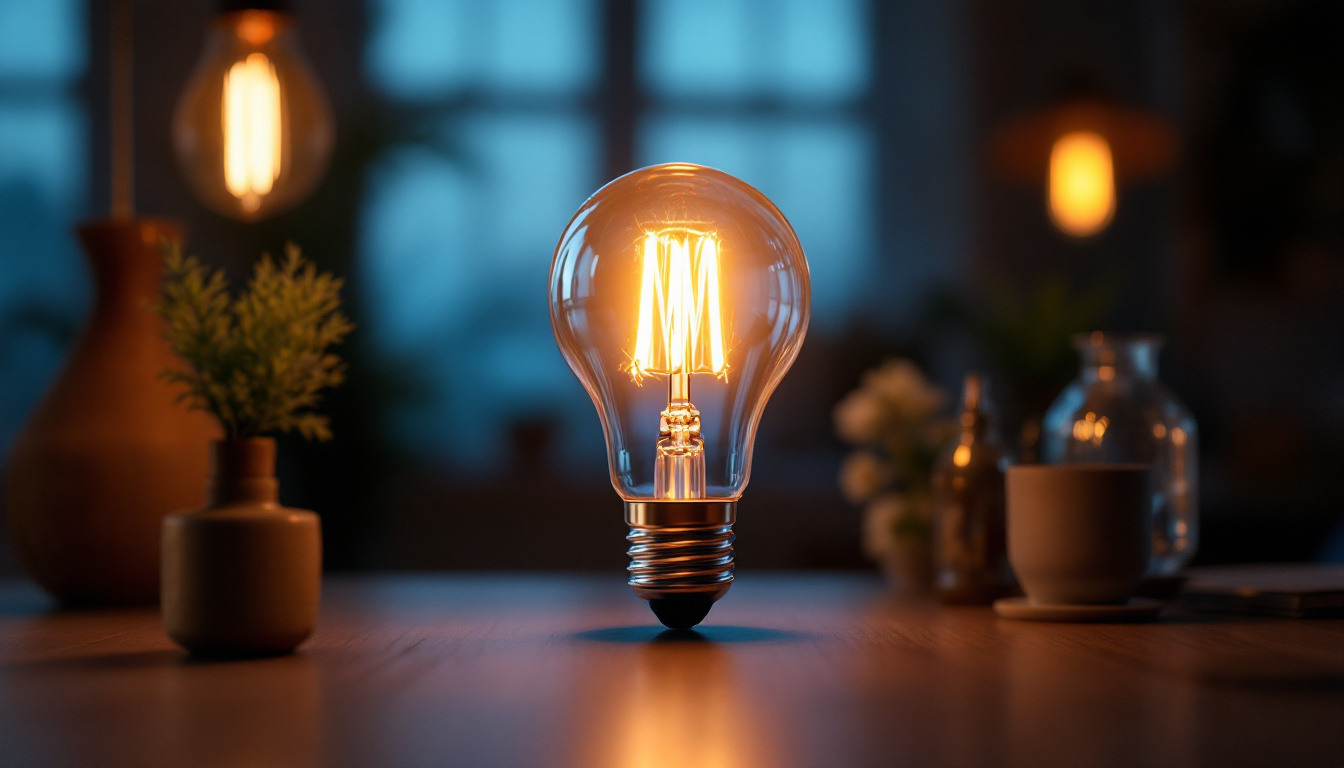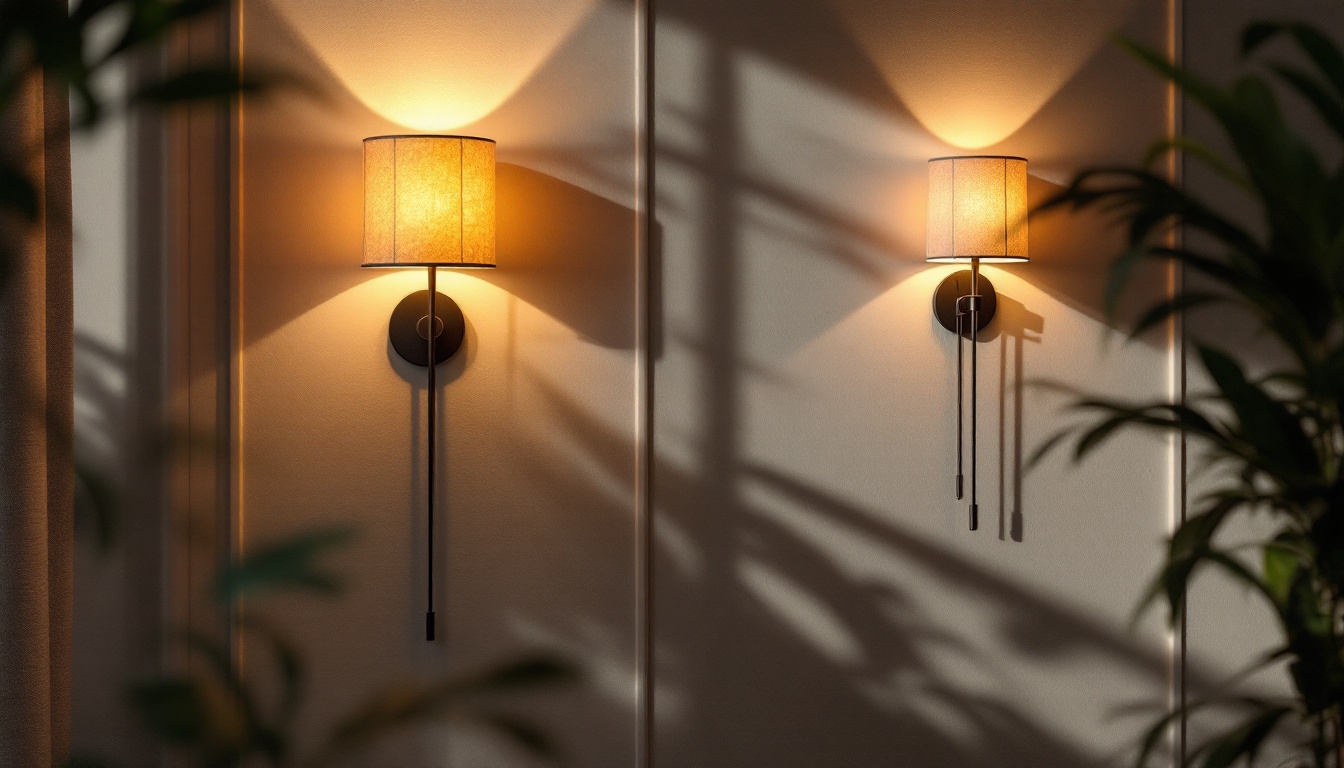
Lighting plays a crucial role in enhancing the aesthetics and functionality of both residential and commercial spaces. For lighting contractors, understanding the nuances of recessed lighting bulbs is essential for delivering high-quality installations that meet client expectations. This article explores the benefits of recessed lighting bulbs, their various types, and how they can boost efficiency for lighting contractors.
Recessed lighting, often referred to as can lighting or pot lighting, is a popular choice for modern interiors. These fixtures are installed into the ceiling, providing a sleek and unobtrusive look. They can be used for general, task, or accent lighting, making them versatile for different applications.
For lighting contractors, it is vital to grasp the fundamental components of recessed lighting systems, including the housing, trim, and bulb. The housing is the part that is installed into the ceiling, while the trim is the visible part that determines the aesthetic appeal. The bulb is the heart of the system, affecting both energy efficiency and light quality. Understanding the various types of bulbs available, such as LED, incandescent, and fluorescent, can help contractors make informed decisions that align with their clients’ needs and preferences.
One of the primary advantages of recessed lighting is its ability to provide a clean and modern look. It can seamlessly blend into the ceiling, making it an ideal choice for spaces with low ceilings or for creating a minimalist design. Additionally, recessed lighting can enhance the overall ambiance of a room by providing even illumination. This even distribution of light can reduce harsh shadows and create a more inviting atmosphere, which is particularly beneficial in areas such as living rooms, kitchens, and offices.
Moreover, recessed lighting is highly adaptable. It can be used in various settings, from residential homes to commercial spaces, and can be installed in different configurations to suit specific needs. This versatility allows lighting contractors to cater to a wide range of client preferences and requirements. For instance, adjustable recessed lights can be directed to highlight artwork or architectural features, while dimmable options provide the flexibility to create different moods throughout the day. Additionally, with the rise of smart home technology, recessed lighting can now be integrated with smart systems, allowing users to control brightness and color temperature through their smartphones or voice commands, further enhancing the functionality and appeal of these fixtures.
When it comes to recessed lighting bulbs, there are several types available, each with its own set of characteristics and benefits. Understanding these options is crucial for lighting contractors as they aim to provide the best solutions for their clients.
Incandescent bulbs have been a traditional choice for recessed lighting. They produce a warm, inviting glow and are dimmable, allowing for greater control over the lighting atmosphere. However, they are not the most energy-efficient option, consuming more electricity and having a shorter lifespan compared to other types.
For contractors, while incandescent bulbs may still be requested by clients for their warm color temperature, it is essential to discuss the long-term cost implications and environmental impact of using these bulbs. Additionally, the aesthetic appeal of incandescent lighting is often favored in residential settings, where a cozy ambiance is desired. However, as energy regulations tighten, many contractors are finding it necessary to educate clients about the benefits of transitioning to more efficient alternatives.
Compact fluorescent lamps (CFLs) are a more energy-efficient alternative to incandescent bulbs. They use significantly less energy and have a longer lifespan, making them a cost-effective choice in the long run. CFLs are available in various color temperatures, providing flexibility for different lighting needs.
However, CFLs can take time to warm up to full brightness, which may not be suitable for all applications. Lighting contractors should weigh these factors when recommending CFLs to clients. Moreover, it’s important to note that CFLs contain a small amount of mercury, which requires careful disposal. Educating clients about proper disposal methods can enhance a contractor’s reputation as a responsible professional who prioritizes environmental safety.
LED (light-emitting diode) bulbs have gained immense popularity in recent years due to their energy efficiency and longevity. They consume up to 80% less energy than incandescent bulbs and can last up to 25 times longer. This makes them an ideal choice for contractors looking to provide sustainable solutions.
Furthermore, LED bulbs are available in a variety of styles, including dimmable options and various color temperatures. They also produce less heat, reducing the risk of overheating in recessed fixtures. For lighting contractors, promoting LED options can lead to satisfied clients and repeat business. The versatility of LED technology also allows for innovative designs, such as smart lighting systems that can be controlled via smartphone apps, providing an added layer of convenience and customization for homeowners. As the market continues to evolve, staying informed about the latest advancements in LED technology can help contractors remain competitive and meet the growing demand for smart, energy-efficient lighting solutions.
Selecting the appropriate recessed lighting bulb is critical for achieving the desired effect in any space. Several factors should be considered when making this decision, including the purpose of the lighting, the size of the space, and the client’s preferences.
The intended use of the space will significantly influence the choice of bulb. For example, task lighting in a kitchen may require brighter, cooler light to enhance visibility, while ambient lighting in a living room may benefit from warmer tones. Understanding the specific needs of each area allows contractors to make informed recommendations.
The size and layout of the room also play a vital role in determining the type of bulb to use. Larger spaces may require higher wattage bulbs or multiple fixtures to ensure adequate illumination. Conversely, smaller rooms may benefit from lower wattage options to create a cozy atmosphere.
Ultimately, client preferences should guide the selection process. Some clients may prioritize energy efficiency, while others may focus on the aesthetic qualities of the lighting. Lighting contractors should engage in open discussions with clients to understand their priorities and tailor recommendations accordingly.
Proper installation of recessed lighting is crucial for achieving optimal performance and safety. Lighting contractors must be aware of various installation considerations to ensure a successful project.
The type of ceiling and its height can impact the installation process. For instance, sloped ceilings may require specific housing types to ensure proper alignment and functionality. Additionally, higher ceilings may necessitate the use of more powerful bulbs to ensure adequate illumination.
Before installation, it is essential to assess the electrical requirements for recessed lighting. Contractors should ensure that the existing electrical system can support the additional load of the new fixtures. This may involve upgrading wiring or circuit breakers to accommodate the new lighting.
Strategic placement and spacing of recessed lights are vital for achieving even illumination. A common guideline is to space fixtures approximately 4 to 6 feet apart, depending on the wattage of the bulbs used. Contractors should consider the layout of the room and any architectural features that may influence light distribution.
As energy efficiency becomes increasingly important in the lighting industry, recessed lighting bulbs offer a sustainable solution for contractors and clients alike. By choosing energy-efficient options, contractors can contribute to reducing overall energy consumption and lowering utility bills for their clients.
While the initial investment in energy-efficient bulbs, such as LEDs, may be higher than traditional options, the long-term cost savings are significant. Clients can expect reduced energy bills and less frequent bulb replacements, leading to lower maintenance costs over time.
In addition to financial benefits, selecting energy-efficient recessed lighting contributes to environmental sustainability. By reducing energy consumption, contractors can help decrease greenhouse gas emissions associated with electricity production. This aligns with the growing demand for eco-friendly solutions in the construction and renovation sectors.
Staying updated on the latest trends in recessed lighting can help contractors provide cutting-edge solutions to their clients. As technology advances, new innovations continue to emerge, enhancing the functionality and aesthetics of recessed lighting systems.
Smart lighting technology has gained traction in recent years, allowing users to control their lighting systems remotely through smartphones or smart home devices. This trend is particularly appealing to tech-savvy clients who seek convenience and customization in their lighting solutions.
Lighting contractors can capitalize on this trend by offering smart recessed lighting options, which can be integrated with home automation systems for seamless control over lighting settings and schedules.
Another trend gaining popularity is adjustable and directional recessed lighting. These fixtures allow users to change the angle of the light, providing flexibility in highlighting specific areas or features within a space. This versatility is especially beneficial in showcasing artwork or architectural details.
By incorporating adjustable lighting options into their offerings, contractors can meet the evolving needs of clients looking for personalized lighting solutions.
Recessed lighting bulbs present a wealth of opportunities for lighting contractors aiming to enhance their service offerings and meet client demands. By understanding the various types of bulbs, installation considerations, and the importance of energy efficiency, contractors can provide tailored solutions that elevate the quality of their projects.
Embracing trends such as smart technology and adjustable lighting further positions contractors as leaders in the industry. As the lighting landscape continues to evolve, staying informed and adaptable will be key to success in the competitive market.
Ready to elevate your lighting projects with the most efficient recessed lighting bulbs on the market? Look no further than LumenWholesale, where we provide lighting contractors with the highest quality, spec-grade lighting products at unbeatable wholesale prices. Say goodbye to local distributor markups and hello to superior lighting solutions that meet the highest industry standards. With our hassle-free bulk buying and free shipping, you can ensure your projects shine with reliability and performance. Don’t miss out on the perfect blend of quality, affordability, and convenience. Take advantage of our exceptional offerings and make LumenWholesale your go-to source for Wholesale Lighting at the Best Value.

Discover how outdoor solar lighting can transform your space with eco-friendly elegance.

Discover how 4 recessed LED lights can transform your space, providing the perfect blend of efficiency and elegance.

Discover the transformative journey of the Type T light bulb and its impact on modern lighting solutions.

Discover expert insights on choosing and installing sconce lights with ease.